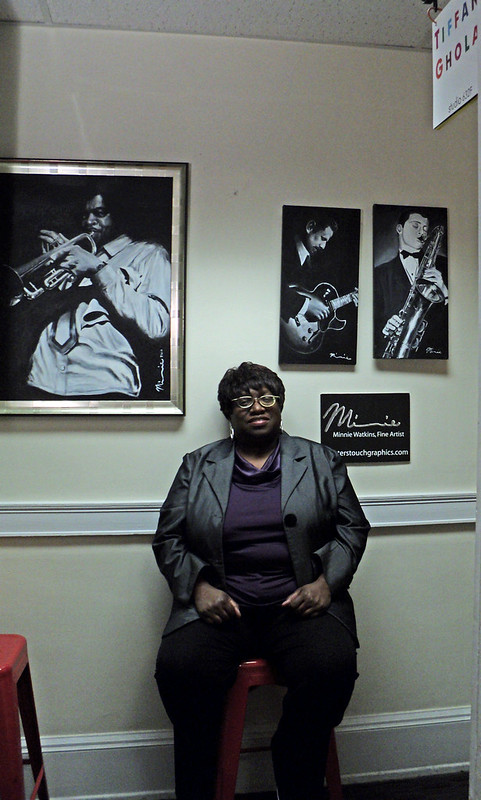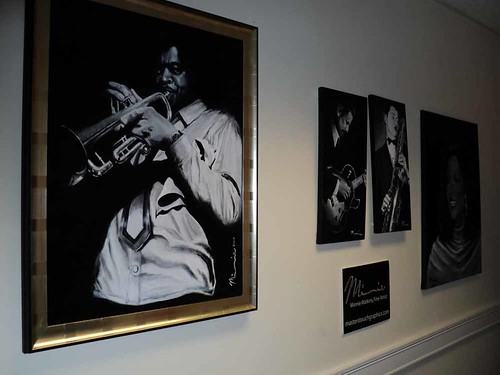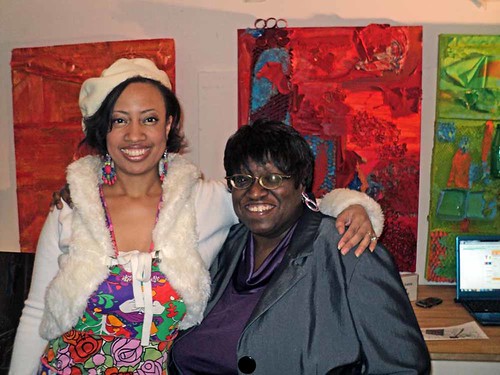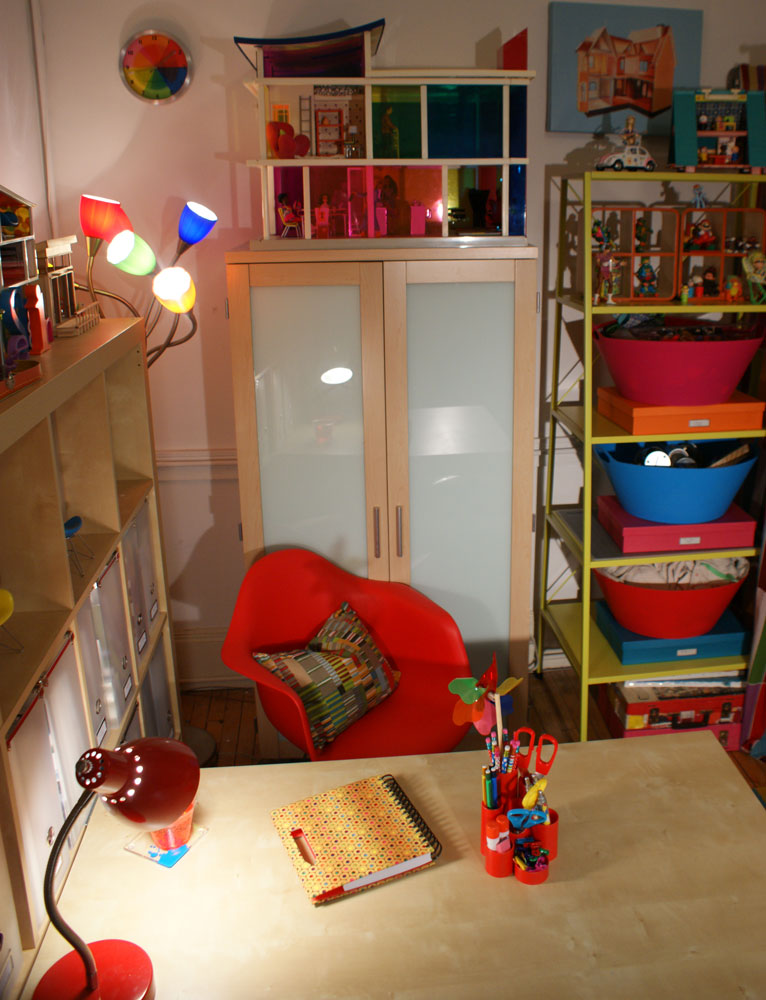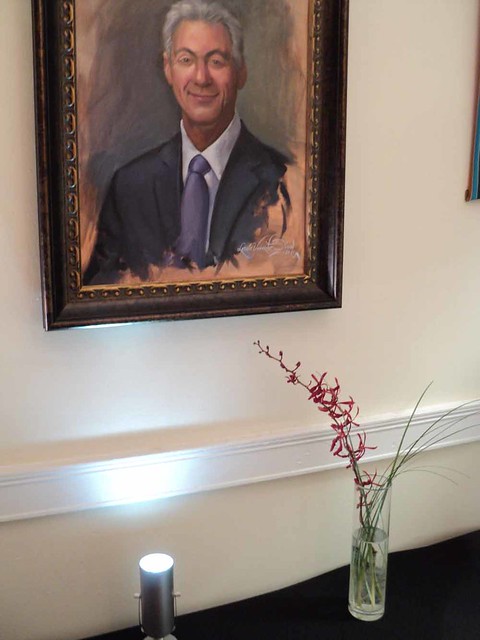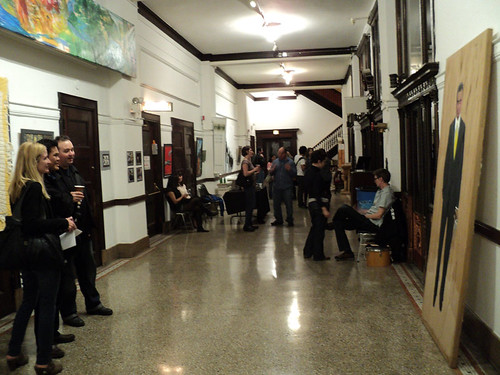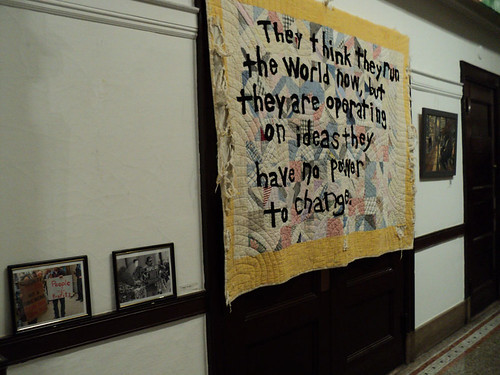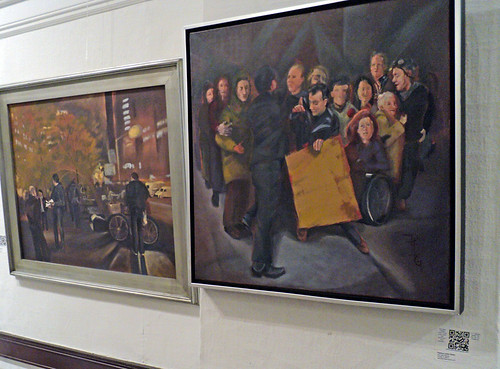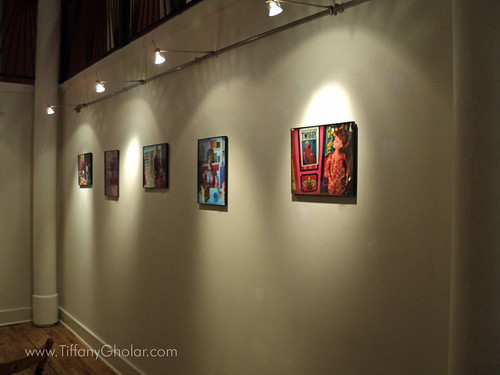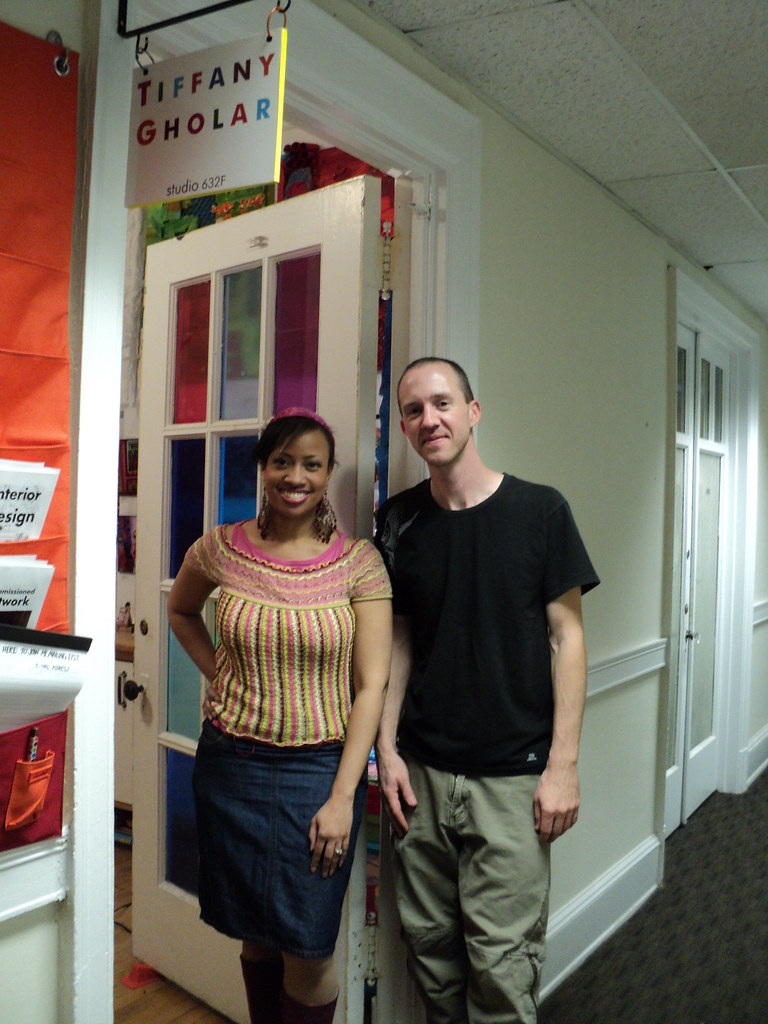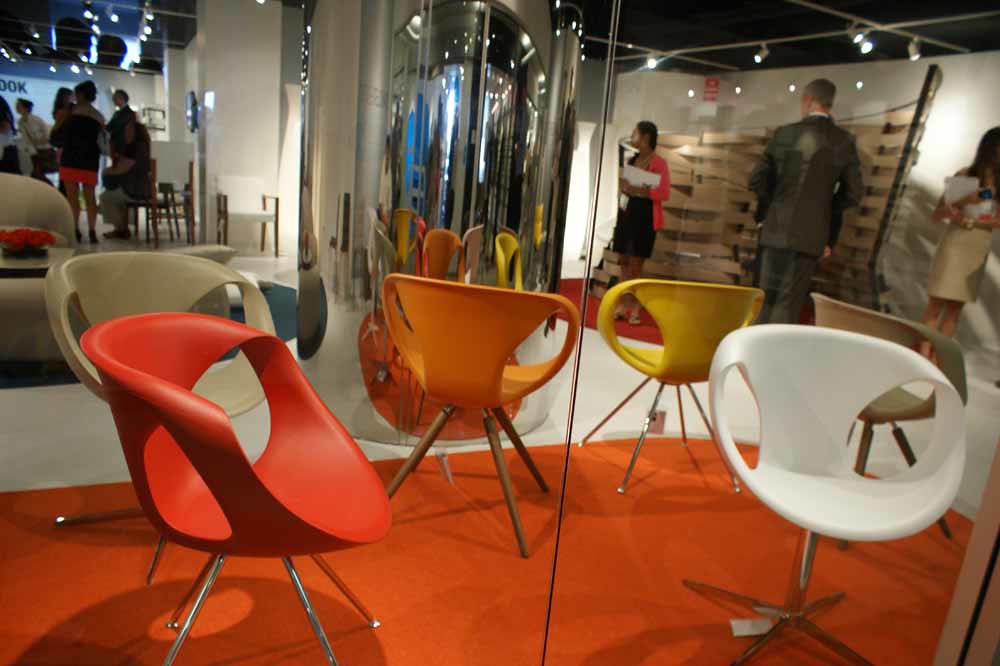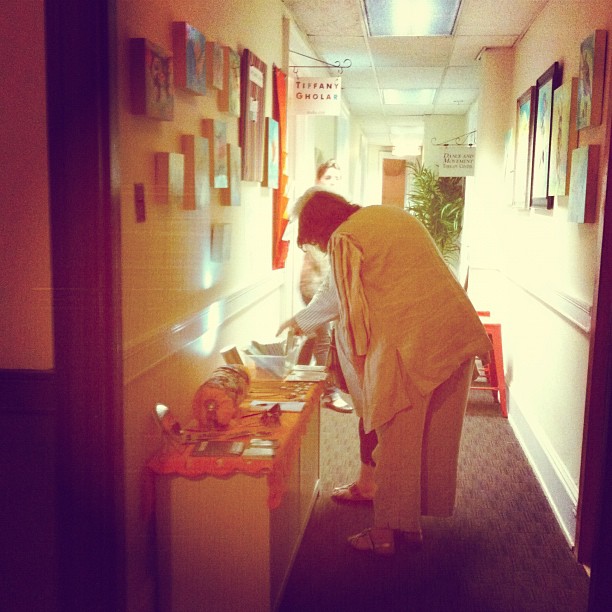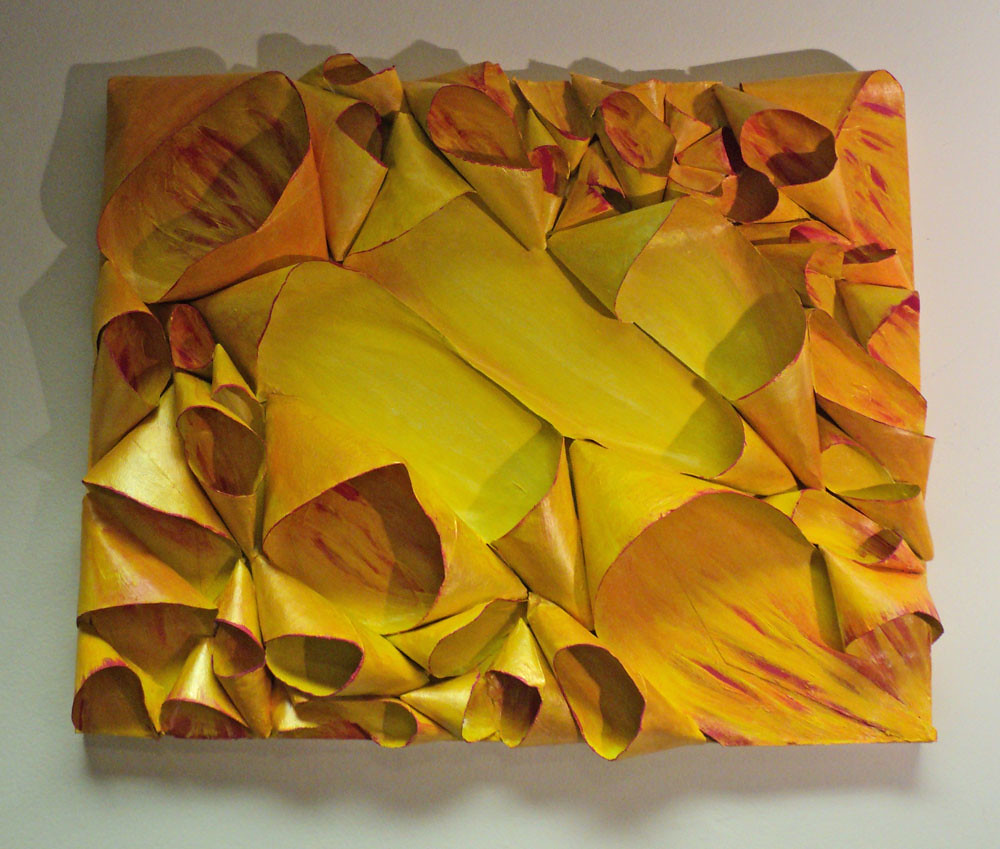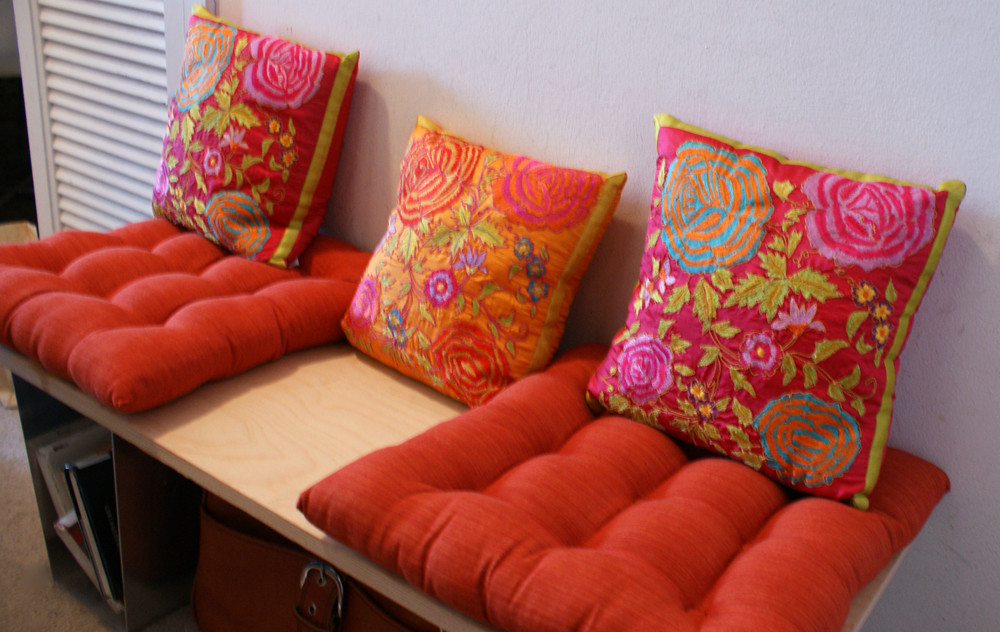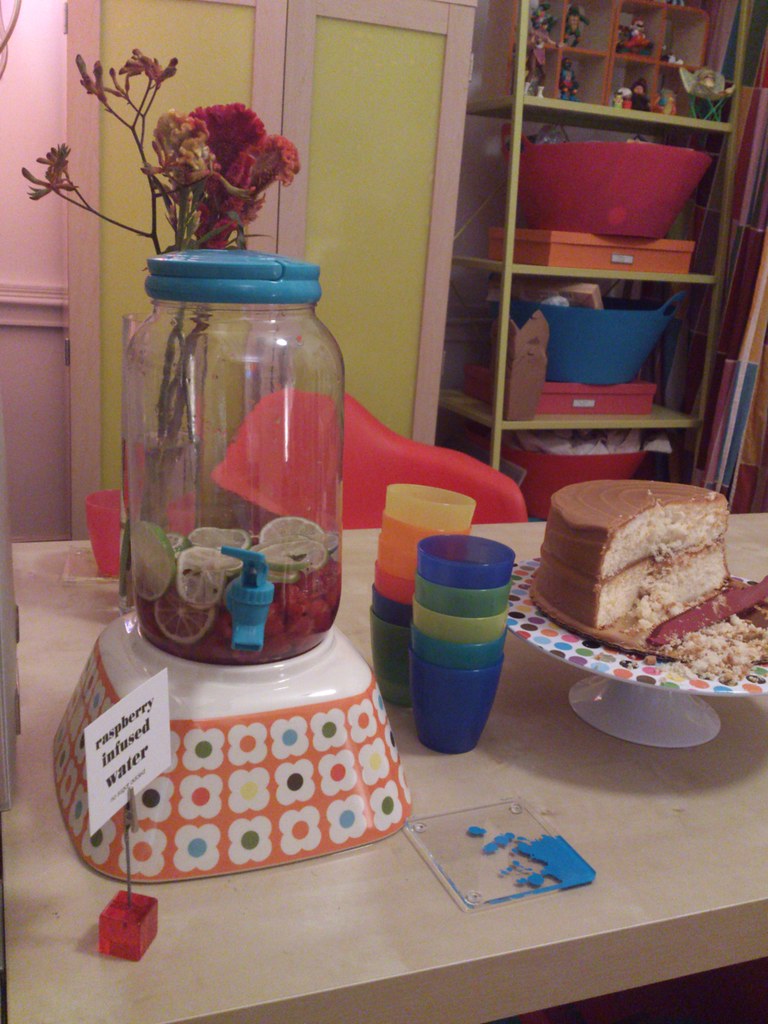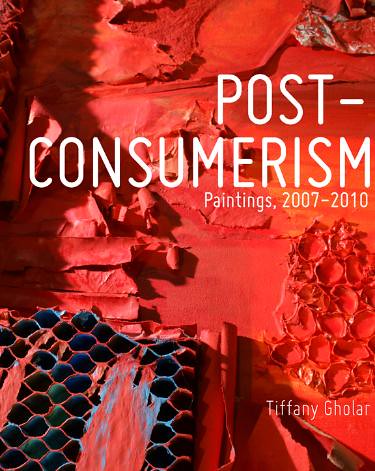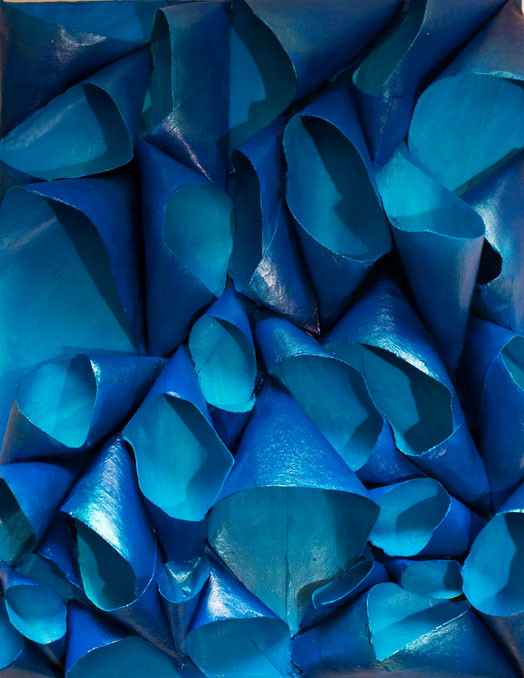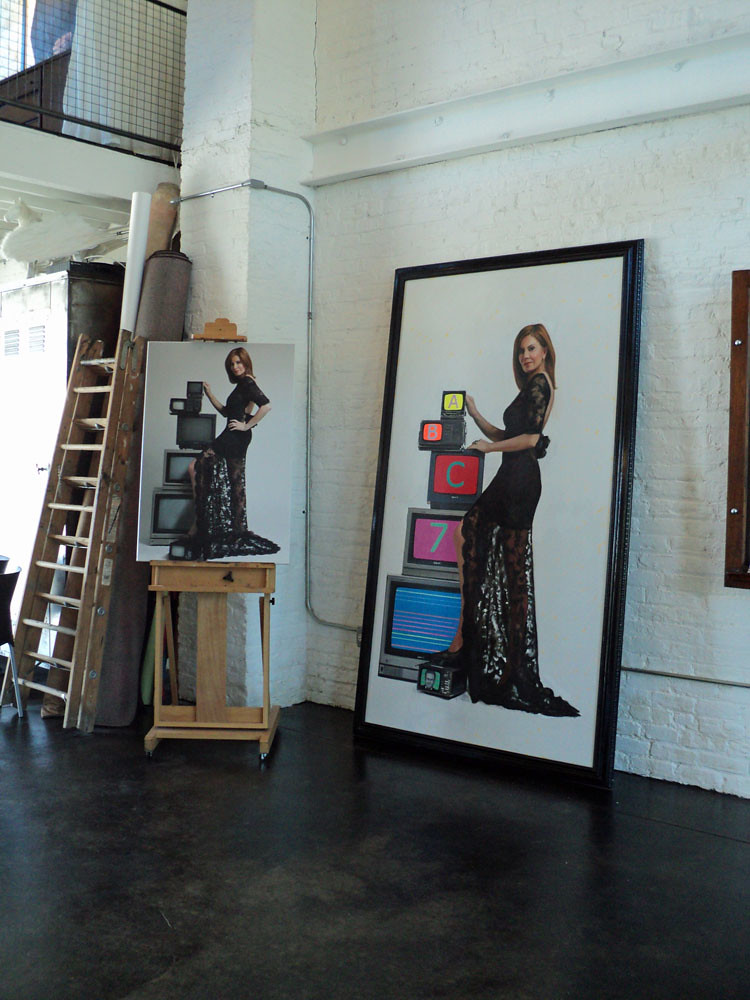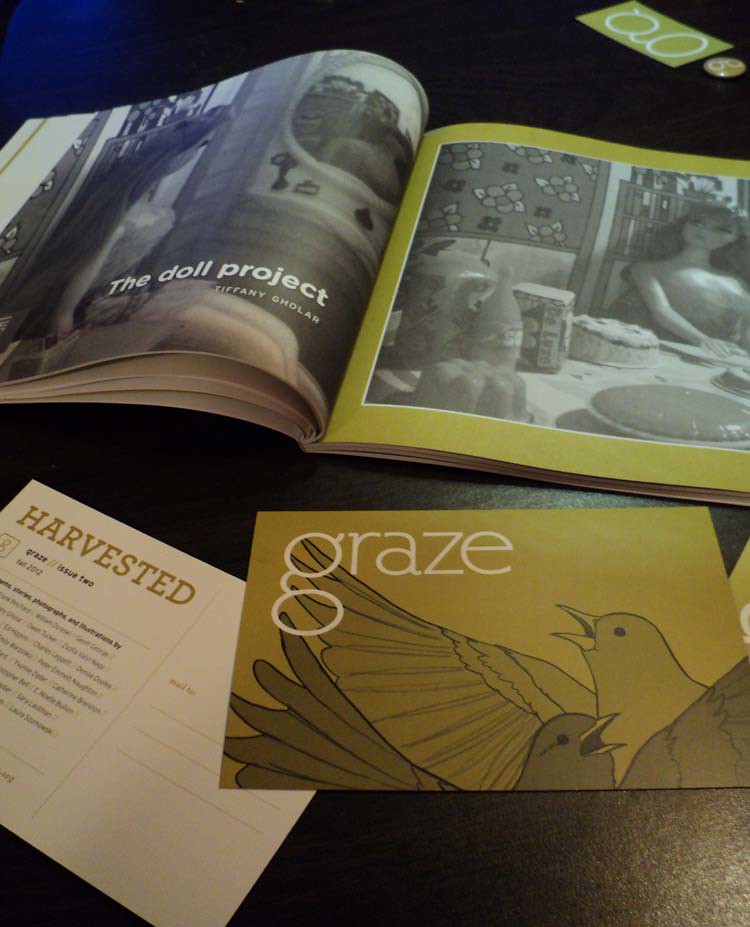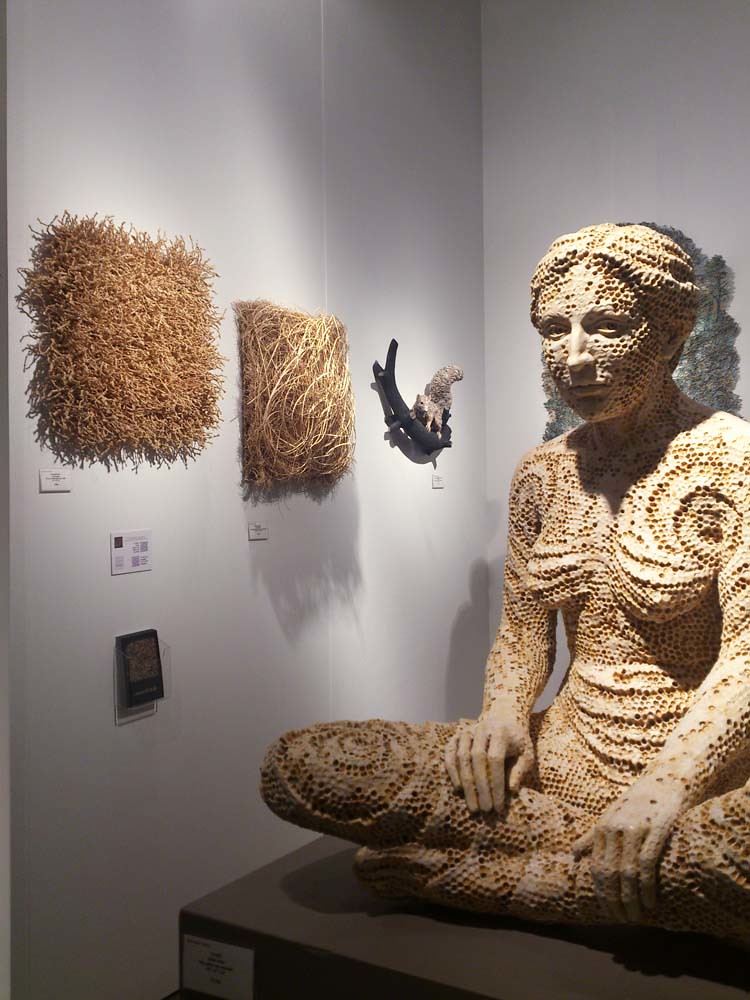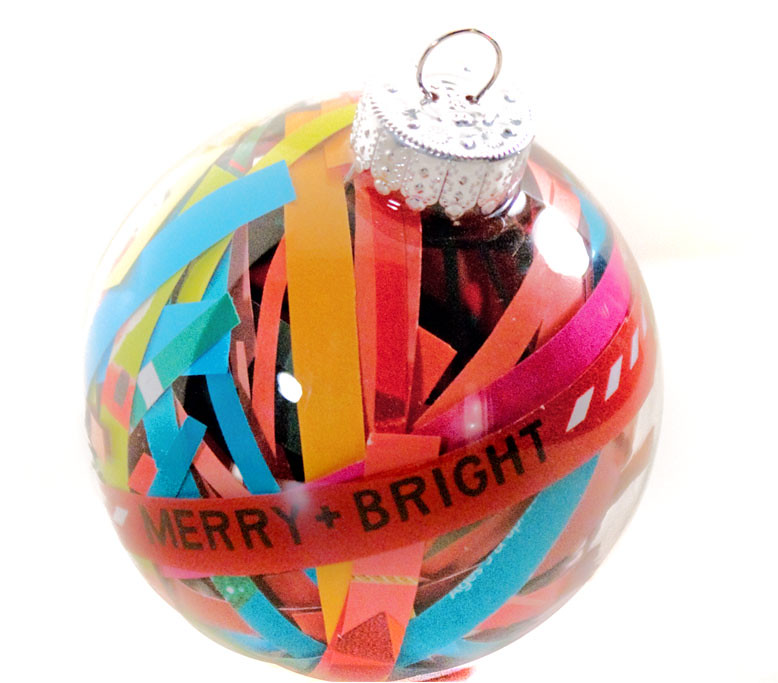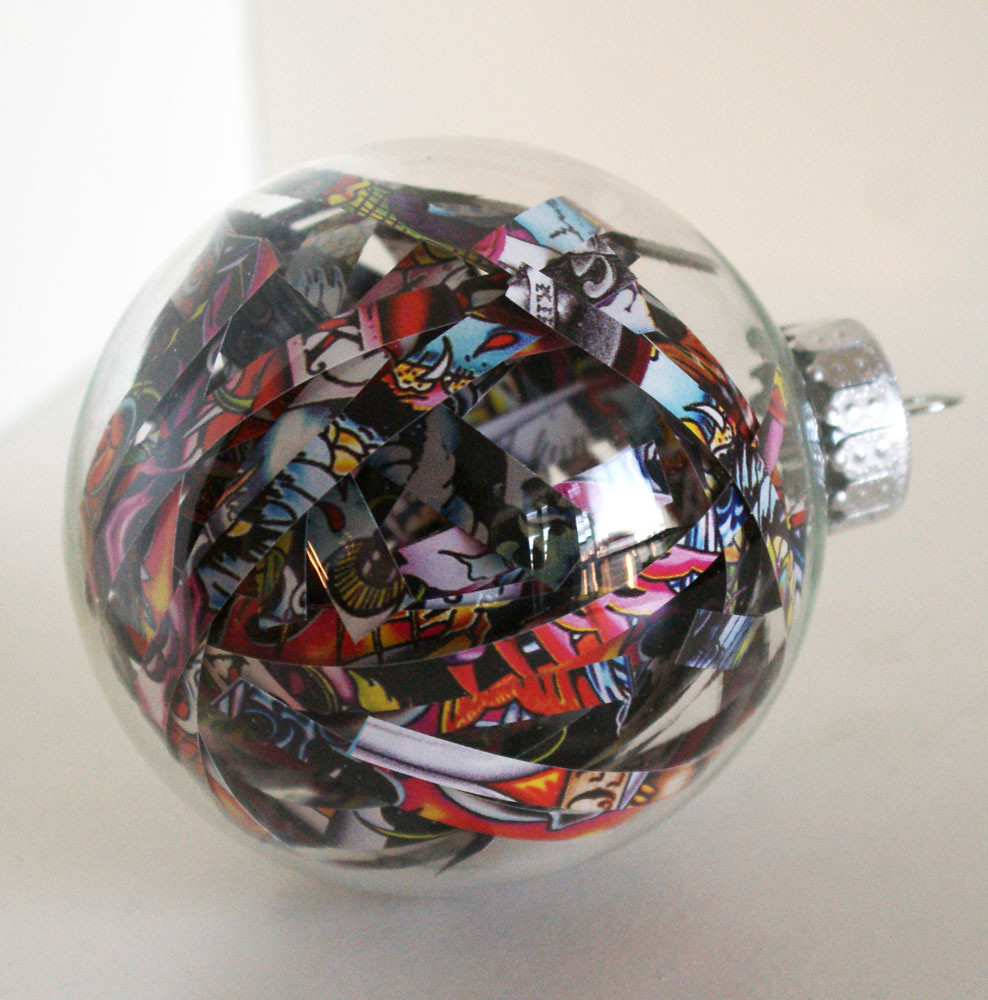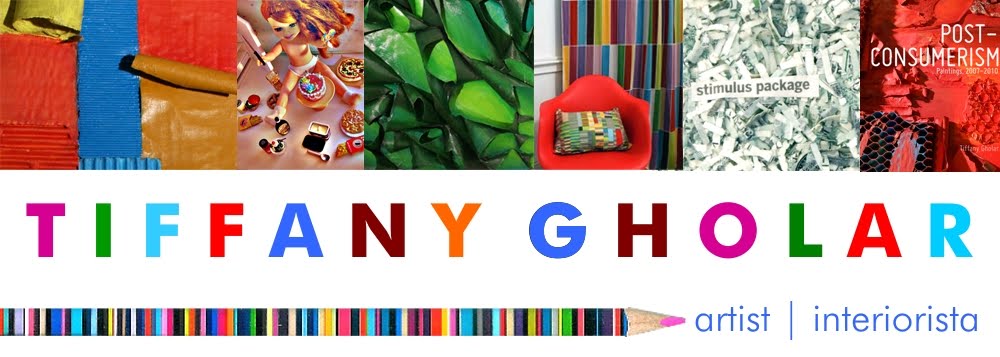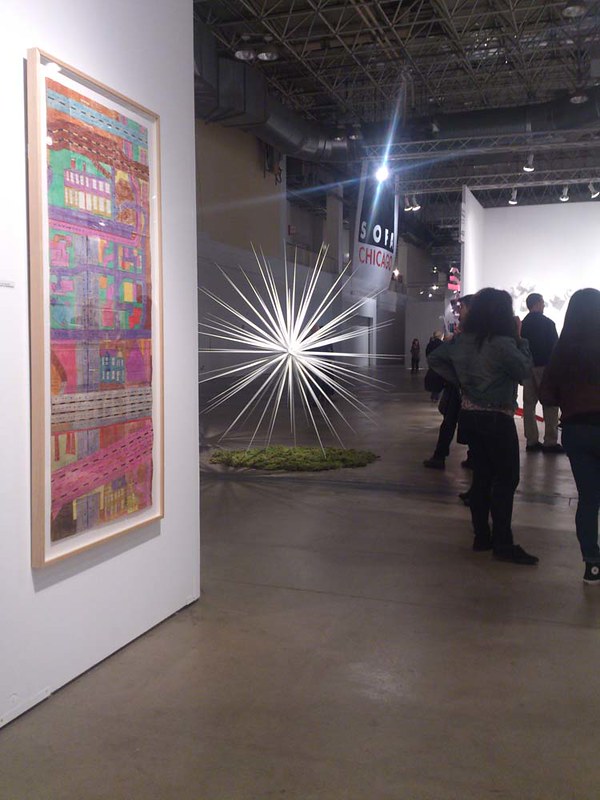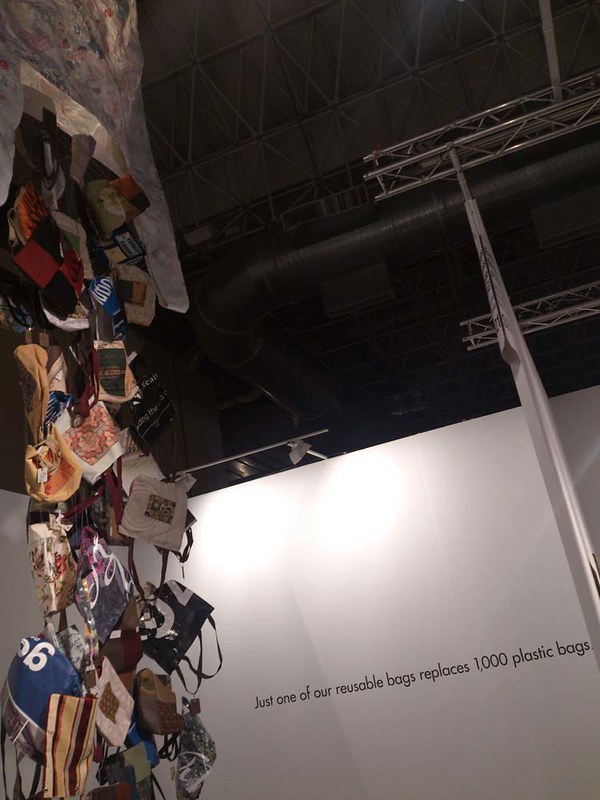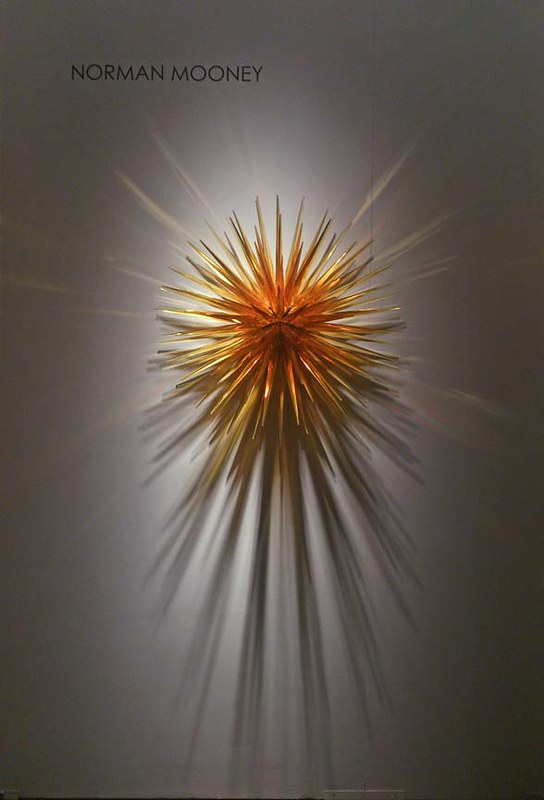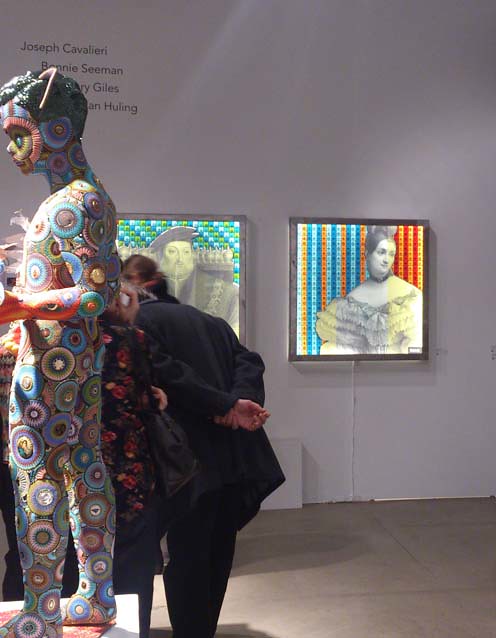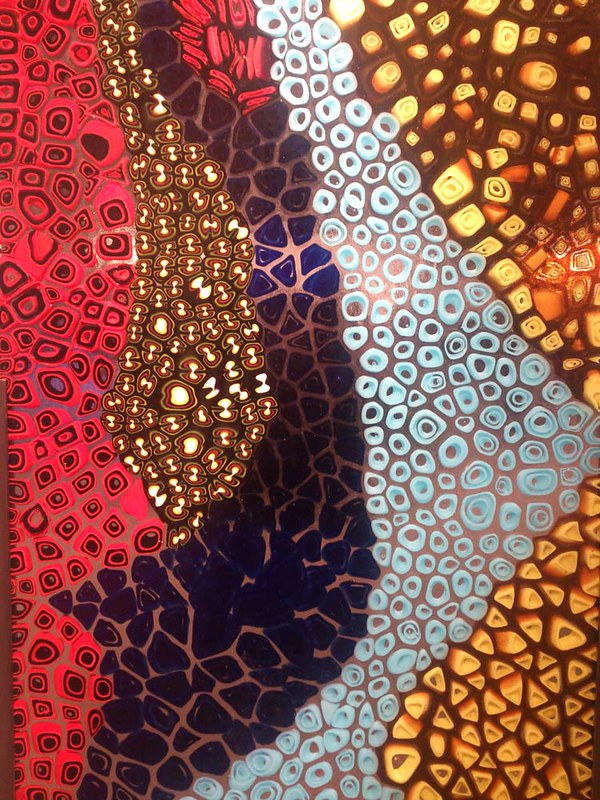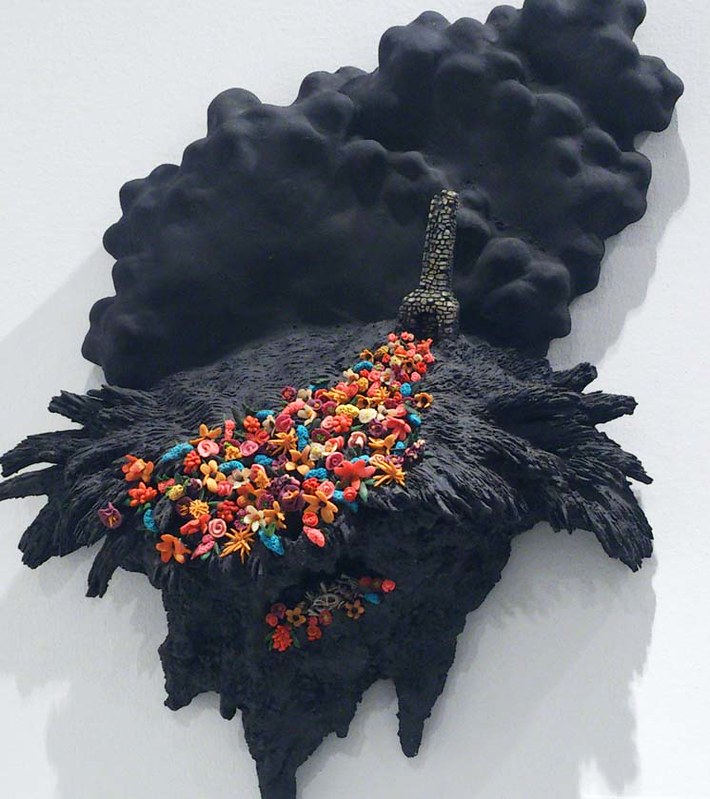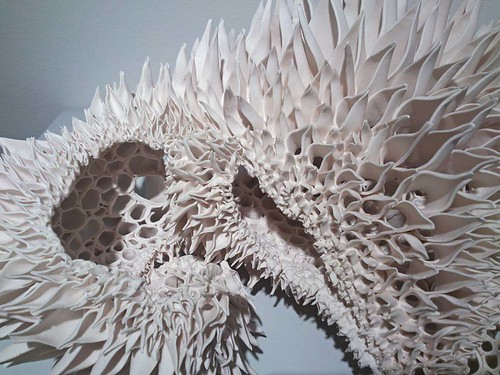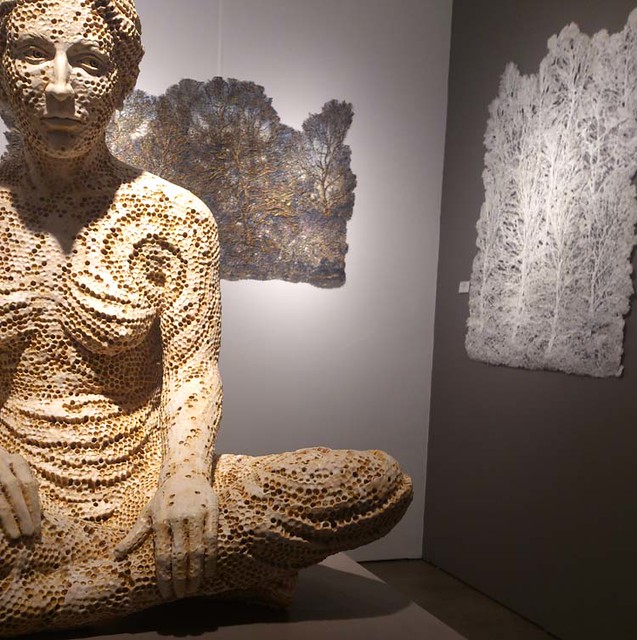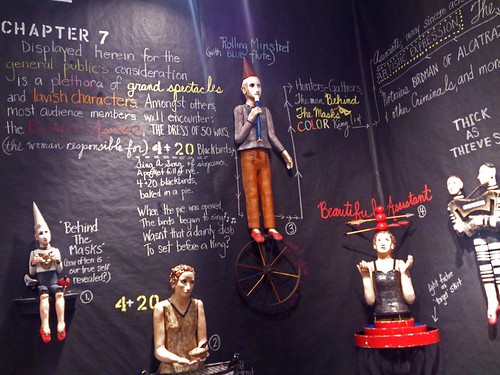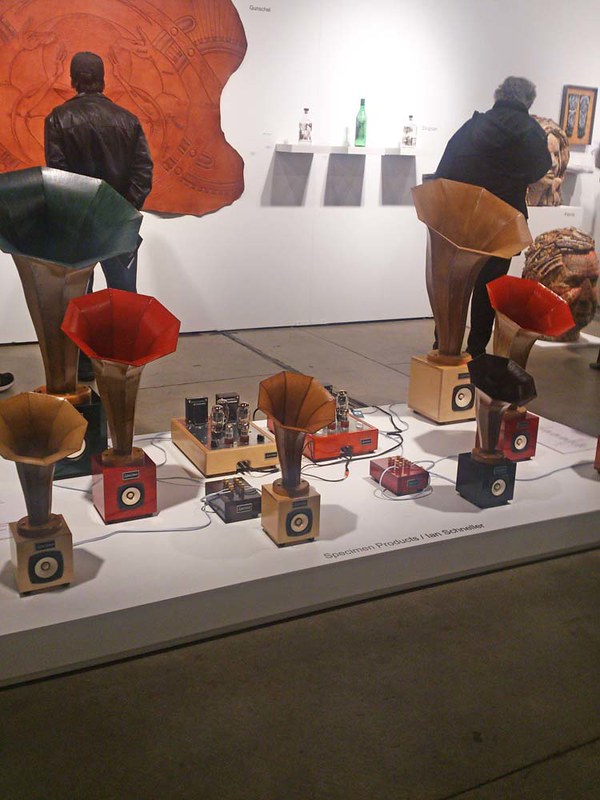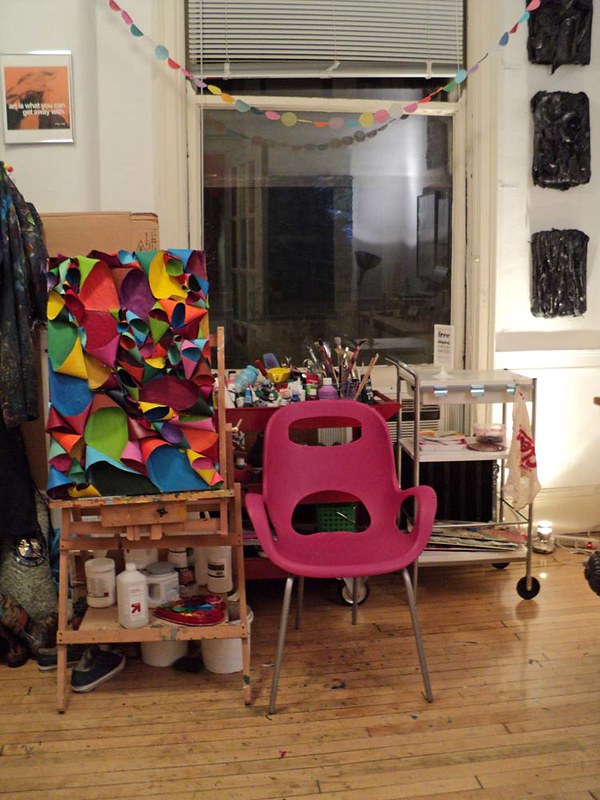 |
| Where is everybody? |
I haven't written much about this lately, but turnout for my open studio events has been disappointing. It's all been downhill since at least the beginning of 2011. And so I thought of ways to get more people to attend. If you've been reading this blog for a while you may recall the
guest artists I featured this year. But having guest artists at my studio hasn't helped much with turnout. In fact, I felt bad that I didn't have more people coming by who could meet and purchase work from my guest artists. The whole thing seemed so unfair to them. And once my paintings were returned from the various shows I had them in, I had no more room for them on my studio walls. I had to hang them in the hallway, which was where I had been hanging the work of the guest artists in the past. There isn't enough room anymore, and that's why I'm not having any guest artists at the studio for a while.
In the meantime, I have been looking for ways to get more publicity. I already had a social media presence, but hadn't been very active on Facebook and Twitter because I was so busy with work. In May I got a new job with more downtime, and a few months later decided to start using HootSuite. I've gotten more followers, but I don't think any of them are art collectors. I've had announcements about my open studios re-tweeted, but never to the right people. Last month, for example, I had a series of re-tweets by people in Vermont of all places, as well as by people in London. But not Chicago, where my studio actually is. I mean, do people even click the links in a tweet before they share them with their followers?
I also conducted a Facebook advertising experiment. After finally reaching 100 Likes on
my fan page, I got $50 in advertising credits. So I decided to use the credit to advertise my open studio. Their system allows you to be specific about who you want to advertise to. I was able to choose my target audience based on where they live, what their interests are, and their ages. Slowly but surely, the RSVPs came in. It cost me about $2 per "yes," and pretty soon I had a sizeable guest list. But the night of the open studio, none of the Facebook people who saw my ad showed their faces in my studio. I am so glad I didn't waste any money on it. I also had a $50 advertising credit on LinkedIn. They made me pay a $5 activation fee for some odd reason, so advertising there wasn't actually free. I got a handful of clicks one day, then nothing.
I also made a lot of postcards and left them on bulletin boards at restaurants near my studio and at the Hyde Park Art Center. I don't think they did much either. I put a free ad in the
Chicago Reader, too. And last but not least, I also invited the 160 people on
my e-mail list. A few of them showed up.
Sometimes, when I have open studios, I don't even sell anything, not even a $20 mini painting. Sometimes people ask about purchasing things that aren't even for sale, like my studio decor. Someone wanted to buy my Kaleidoscope House, for example. I told her it wasn't for sale, and she was like "Why not?" I explained that the paintings are for sale, but the other things in my studio are there because I like to look at them, and I like to be surrounded by things that inspire me. I mean, can't I have anything nice, just for myself?
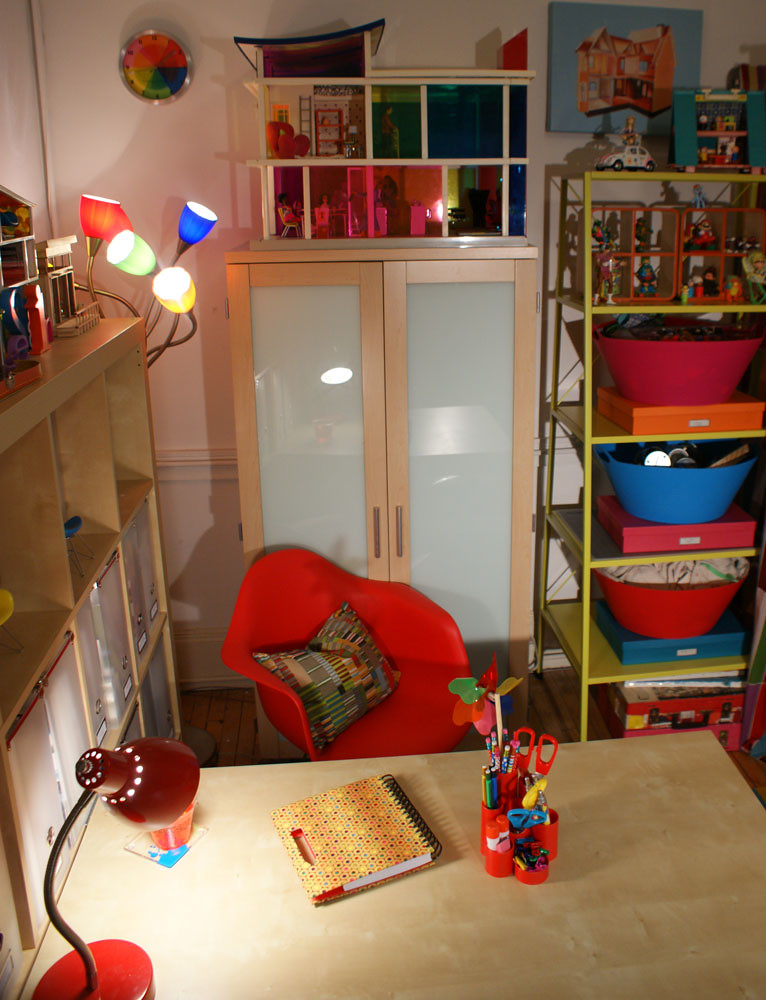 |
| All these things are for decoration, not for sale. |
I really need to get more art collectors in my studio. I wish I could afford to advertise, but I can't. After paying my studio rent, I have nothing left for myself. It's the reason I have given up on entering juried shows with fees this year. Three years after graduating, I am still living like a grad student, and my studio is the reason why. Most people, when they finally start to earn a decent salary, save more for retirement, go shopping, buy a car or a home, move to a nicer apartment, or take a nice vacation. My studio is the reason I can't afford any of those things. And it is not paying for itself. And I don't know how much longer I can take it. To be
drowning in debt while simultaneously surrounded by
unsold paintings. . . what kind of a life is that?
I have tried to diversify my offerings with a
book, but I've only sold 5 copies of it. And you know how many Doll Project prints I have sold from
Society 6? Zero. Yet I keep getting Likes and followers. Those numbers are meaningless to me. The numbers I really care about, to be honest, have a dollar sign in front of them. And the people who buy my art are actually not on social media much, or at all.
Sometimes I wonder if it's the location of the studio that's the problem. Would I have a bigger crowd if I were in a neighborhood, perhaps where there is free street parking? I really don't want to move to another studio, though. The location is convenient for me. And I've had events at other venues, sometimes where there was even free parking, and big crowds of people still didn't come. There is always the temptation to chase that ever-moving target, the hip art scene. First it's in this neighborhood, then it moves on to the next and the next, and you have to become a nomad and keep pursuing it, starting over in one converted industrial space after another.
Honestly, I'd prefer to have my work in pop-up shows in those places, or galleries in those places, and keep working at The Fine Arts Building. No matter what the "cool kids" are doing, downtown Chicago will always be a cultural center, and I like working in a space that inspires me. It's near public transportation so I don't have to drive there, is not too far from where I work, and I don't care that it's not open 24 hours because I'm not interested in painting all night long anyway.
I used to think that having good work and being on social media would be enough to lead to some modest art sales, but now I see it's not enough. I need to find a real gallery to represent me. Maybe then I will finally find more serious collectors. I'm tired of being disappointed.
